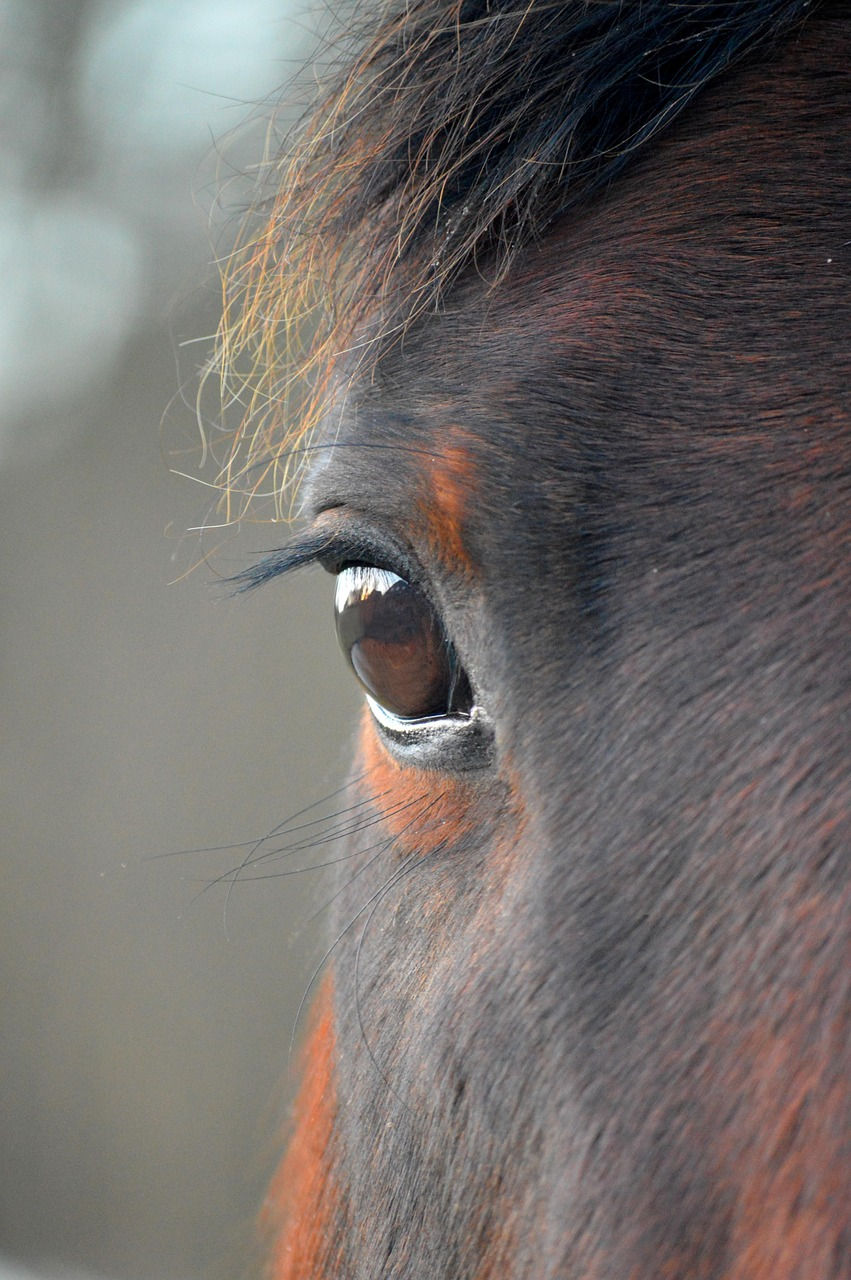The Stages of Horsemanship
- Suzy Maloney B.Eq.Sc.
- Nov 1, 2021
- 3 min read
Updated: Apr 6, 2024

I suggest there are three main stages of horsemanship – riding, training, and connecting. I will look at these in a linear way, while being aware there is variation. Sometimes people may be working in all three at the same time, or be experiencing them in a different order, but frequently they are linear.
Riding - Often the first experience a person has of horses is to ride them. When we are small children, we delight in having a pony ride. Older children and adults go on trail rides. Often all the rider is told is the horses name, and then they ride. There is no deep relationship between the rider and horse, no connection.
Some of us go to a riding school to have lessons and learn more. Again, the focus is on riding, although in certain places students may experience other horse skills. At times there is a better chance of connecting with a horse, as we may work with the same horse multiple times.
We are taught how to make the horse do things, how to make them listen to the rider. Some people stay at this stage. I have known some beautiful riders who have no interest in the next stage and send their horse to a trainer if they have problems.
Training - Some discover the world of horse training. This may come about because we get a horse of our own, we find themselves working with young horses, or horses that need to learn new skills for competition, or any other reason. Some people choose to stay in this stage too. To become a successful horse trainer, we must be able to show a positive change in a horse’s behavior. The idea is to fix, improve or change the horse in some way.
Connecting - Then finally there is connecting. If people go as far as this third stage it becomes less about what you do and more about how you do it. Riding and training may be components of this stage but are experienced in a different way.
This is where we'll see cowboys who have been in the game for years becoming ‘horse whisperers.’ Or dressage riders who reach the point where they are talking more about philosophy than actual riding or training skills.
If people reach this third stage, they have realized that it is more about listening to the horse than telling them. They have seen the huge shifts that can occur by connecting with the horse on the deepest level, before beginning to ask anything of them. And they ask, they do not tell.
This year I ran a monthly pilot program with groups of people called ‘Connection with Horses’. It became so successful it became booked out months ahead. I had no idea people would be interested in skipping the first two stages and going straight to the third. Or that people would be interested in a horse event where there was no riding. The participants have been a mix of experienced horse people, beginners, adults and children, and all have gained from the experience. That it is possible for children and beginners to start at the third stage has been a huge revelation for me, it means that if they then decide to explore the other two stages, they will be doing it in a totally different way.
I am beginning to see this as the way forward for the evolution of the horse world. It goes hand in hand with natural horsemanship, bitless bridles, and seeing the horse as sentient, all of which is now happening in the equine industry. The future of the horse human connection looks very promising indeed.
Suzy Maloney B.Eq.Sc.
Happy Horses Bitless
Considerate Horsemanship
Ph: 0401 249 263
Email: suzy@happyhorsesbitless.com
Facebook: Happy Horses Bitless Bridles



Comments